Taking effective meeting notes is a critical skill for anyone who wants to stay organized and productive in a professional setting. Whether you're in a one-on-one meeting with a coworker or attending a large conference, taking notes can help you stay focused, understand key points, and remember important information. Here are a few tips to help you take better meeting notes:
Prepare in Advance — Before the meeting starts, make sure you have all the necessary materials, such as a notebook and pen or a digital device for recording. It's also a good idea to review any relevant documents or agenda items so you can be better prepared to take notes.
Use a Specific Format — Having a consistent format for your notes can make them easier to read and understand later on. This could be something as simple as using bullet points or numbered lists, or something more structured like the Cornell Method.
Focus on Key Points — Instead of trying to write down every word said in the meeting, focus on capturing the main ideas and key points. This will help you stay focused and avoid getting bogged down in details.
Use Symbols and Abbreviations — To save time and increase efficiency, use symbols and abbreviations to represent frequently used words or phrases. This will also help you save space in your notes.
Review and Organize Your Notes — After the meeting, take a few minutes to review and organize your notes. This will help you identify any important information you may have missed and ensure your notes are clear and easy to understand.
Use Technology to Your Advantage — There are many apps and software available that can help you take better meeting notes. Some apps allow you to record audio or video, transcribe speech to text, or sync notes with a calendar. Here is a good list of note-taking apps to get you started.
By following these tips, you can take better meeting notes and stay organized and productive in your professional life. Remember, taking meeting notes is a skill that takes practice to perfect, so don't get discouraged if you don't get it right away.



